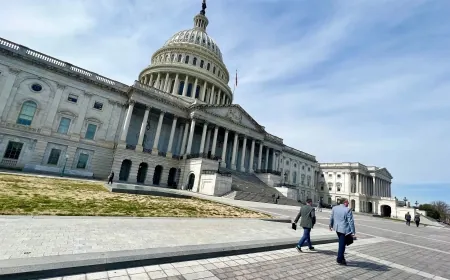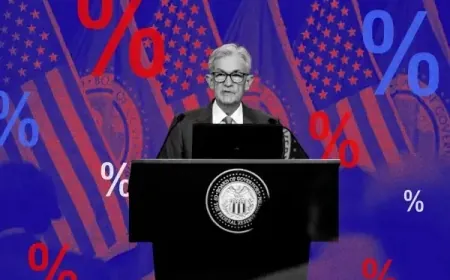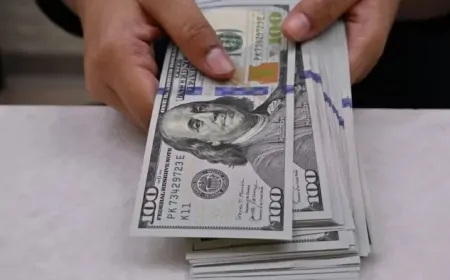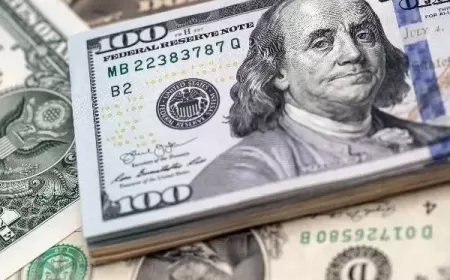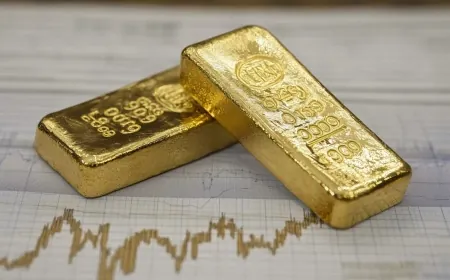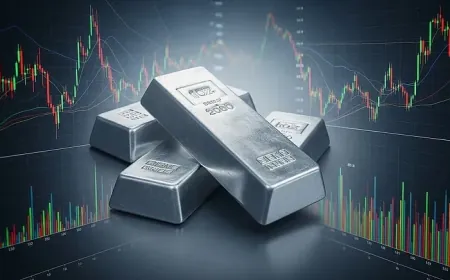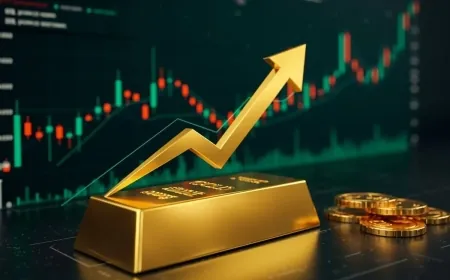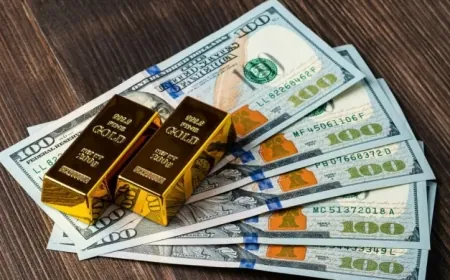Gold Drops to $3,353 After Weak US Jobs Data Raises Odds of September Rate Cut
Gold slips to $3,353 after rally. US jobs data signals slowdown. Traders position for Federal Reserve rate cut next month. Forecast targets $4,000.
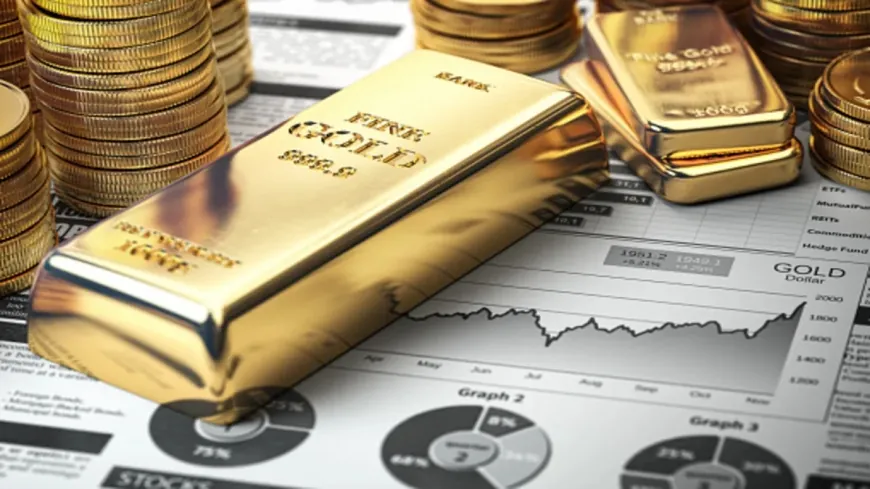
Gold prices slipped modestly in early Tuesday trading, cooling off after a sharp two-day rally driven by disappointing U.S. employment data that renewed market expectations for an imminent interest rate cut by the Federal Reserve.
Spot gold edged down by 0.6% to trade around $3,353 per ounce in London, paring back some of its recent gains. Despite today’s dip, the precious metal remains close to this year’s highs and is still up nearly 30% year-to-date, underpinned by a wave of macroeconomic and geopolitical catalysts.
Jobs Data Spurs Rate Cut Bets
The latest momentum in the gold market was sparked by Friday’s U.S. nonfarm payrolls report, which revealed slower-than-expected job growth and declining wage pressure. The soft data has dramatically shifted rate expectations. According to futures pricing data, traders now assign a 93% probability that the Fed will lower its benchmark federal funds rate during its upcoming September meeting.
Gold tends to benefit in lower interest rate environments, as it becomes more attractive relative to yield-bearing assets. Unlike bonds or savings instruments, gold does not pay interest, so declining yields reduce the opportunity cost of holding the metal.
“This payrolls report was a turning point,” said one London-based precious metals strategist. “Markets were already leaning dovish, but now the Fed is boxed into a corner. Gold is simply responding to that shift.”
Gold Slips Following Two-Day Climb
While rate cut expectations have driven the most recent leg of gold’s rally, the broader uptrend has been supported by a complex mix of macro and geopolitical dynamics that continue to strengthen the case for gold as a long-term hedge.
Global investors have been piling into the safe haven asset throughout 2025 amid:
-
Rising trade tensions between major economies
-
Persistent geopolitical flashpoints across Eastern Europe, the Middle East, and Southeast Asia
-
Uncertainty surrounding China's fiscal stability
-
Increased gold purchases by global central banks seeking to diversify away from the U.S. dollar
These tailwinds have lifted bullion from just under $2,600 at the start of the year to its current trading range above $3,350. Some analysts suggest this rally is far from over.
$4,000 in Sight? Fidelity Predicts Extended Bull Run
Investment houses are now revisiting long-range gold forecasts. In its latest global asset outlook, Fidelity Internationalprojected that gold could reach $4,000 per ounce by the end of 2026, citing prolonged macroeconomic instability, sustained central bank accumulation, and a weakening dollar as the primary drivers.
“Gold is emerging not just as a hedge, but as an asset with structural demand,” Fidelity’s report noted. “We’re seeing demand not just from retail or ETF flows, but from the very foundations of global capital systems—central banks, sovereign funds, and long-cycle asset managers.”
Other asset managers have echoed similar sentiment, particularly given that real interest rates remain historically low and inflation remains above the Federal Reserve’s 2% target.
Physical Demand, ETF Flows, and Central Bank Buying Remain Strong
Beyond speculative positioning and macro hedging, physical gold demand remains robust, particularly across Asia and the Middle East. In India and China—two of the world’s largest gold-consuming nations—jewelry and investment-grade bullion purchases have remained resilient, even as prices soared.
On the institutional side, gold ETFs have seen inflows for four consecutive months, reversing a year-long trend of outflows during 2023–24. In addition, the World Gold Council recently reported that central banks added over 700 metric tons of gold to their reserves in the first half of 2025, marking one of the strongest acquisition periods in recent history.
Near-Term Cooling, Long-Term Resilience
Despite the bullish macro setup, some traders are cautious in the short term. The recent pullback in prices is being interpreted by technical analysts as a natural consolidation following a breakout, rather than the start of a broader reversal.
“Gold has had a strong run, and some near-term profit-taking is not only expected—it’s healthy,” said a senior commodities analyst at a European investment bank. “But unless the Fed surprises markets with a hawkish shift, the floor under gold looks increasingly firm.”
That sentiment is echoed in options markets, where volatility pricing remains elevated for contracts expiring in Q4 2025—a signal that traders expect further movement as the Fed’s September meeting approaches.
Gold Pauses After Rally as Traders Await Fed Decision
Following a two-day rally, gold eased to $3,353 in London trading on Tuesday, with traders locking in gains while reassessing the Federal Reserve’s next move. The pullback comes after Friday’s disappointing U.S. payroll data, which sharply increased market expectations for a rate cut in September—now priced in at 93%, according to CME’s FedWatch.
Despite short-term volatility, bullion remains up nearly 30% year-to-date, bolstered by persistent central bank accumulation, rising geopolitical tensions, and investor rotation out of yield-based assets. Several asset managers, including Fidelity International, maintain that gold remains structurally supported, projecting a potential climb to $4,000 by late 2026.
Also Read: Gold Forecast Raised to $3,220 for 2025 with Strong Central Bank Buying and Debt Concerns














